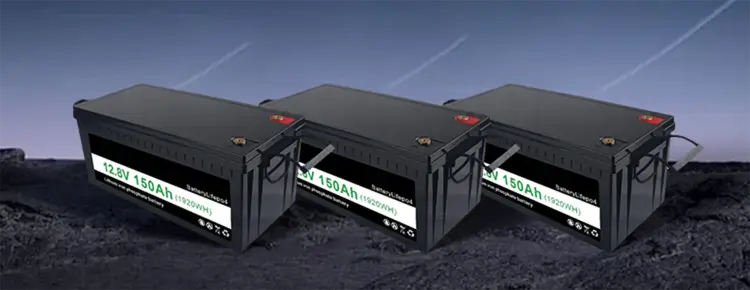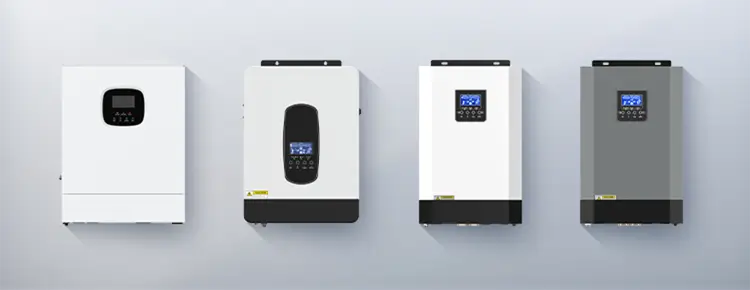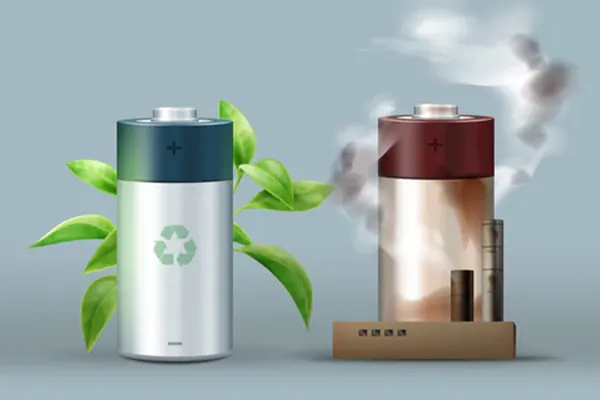



Blog
Hot Category
Latest Blog
03 Jan 2025
Eli
Lithium batteries have become the backbone of modern energy storage systems, powering everything from smartphones to electric cars. Among the many types of lithium batteries, two popular choices are lithium-ion (Li-ion) batteries and lithium iron phosphate (LiFePO4) batteries. While both are widely used, they differ greatly in their chemistry, performance, and applications. This blog will explore these differences to help you understand which type is better suited to your needs.

Li-ion batteries: These batteries typically use a cathode made of lithium cobalt oxide (LiCoO2), lithium nickel manganese cobalt oxide (NMC), or lithium nickel cobalt aluminum oxide (NCA). The anode is usually graphite. LiFePO4 batteries: These batteries use lithium iron phosphate (LiFePO4) as the cathode material, which is inherently more stable.
Li-ion: Li-ion batteries have a higher energy density, typically 150 to 200 Wh/kg. This makes them ideal for applications that require lightweight and compact energy sources, such as laptops, smartphones, and electric vehicles. LiFePO4: These batteries have a lower energy density of around 90 to 120 Wh/kg. While this makes them larger, they are well suited for stationary or less weight-sensitive applications, such as solar energy storage or e-scooters.
Lithium-ion: Most lithium-ion batteries last between 500 and 1,000 charging cycles before their capacity drops significantly. LiFePO4: LiFePO4 batteries can withstand 2,000 to 5,000 charging cycles, making them more durable and cost-effective in the long run.
Lithium-ion: While generally safe, lithium-ion batteries are more susceptible to thermal runaway, which can lead to overheating and, in extreme cases, fire or explosion. A proper management system is essential to reduce the risk. Lithium iron phosphate: Lithium iron phosphate batteries are significantly safer due to their stable chemical structure. They are less likely to overheat or catch fire, even under harsh conditions.
Lithium-ion: These batteries perform well in moderate temperatures, but may have problems in extreme cold or heat, resulting in reduced capacity and efficiency. Lithium iron phosphate: Lithium iron phosphate batteries are better suited to a wider temperature range and maintain stable performance even in extreme conditions.
Lithium-ion: These batteries are often used in portable electronics, electric vehicles, and applications where weight and size are critical. LiFePO4: These batteries excel in applications where safety, life, and thermal stability are more important, such as: Solar systems Backup power Electric buses and industrial vehicles
Lithium-ion batteries: They are generally more expensive due to their higher energy density and widespread use. LiFePO4: They cost more per unit initially, but their extended life and reduced maintenance can often reduce the total cost of ownership.
Choosing between lithium-ion and LiFePO4 batteries depends on your specific requirements. If you prioritize energy density and compact design, lithium-ion batteries are the best choice. However, if you value safety, durability, and long-term cost-effectiveness, LiFePO4 batteries are an excellent choice.
Understanding these differences ensures you select the best battery type for your application, maximizing performance and efficiency. Both technologies have their own advantages, and advances in battery technology will likely continue to enhance their capabilities in the future.